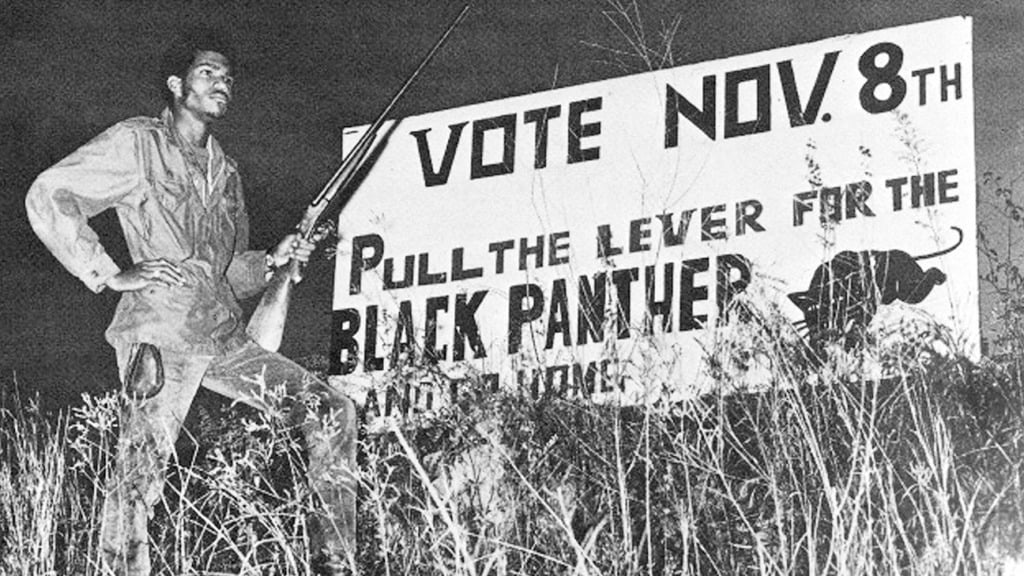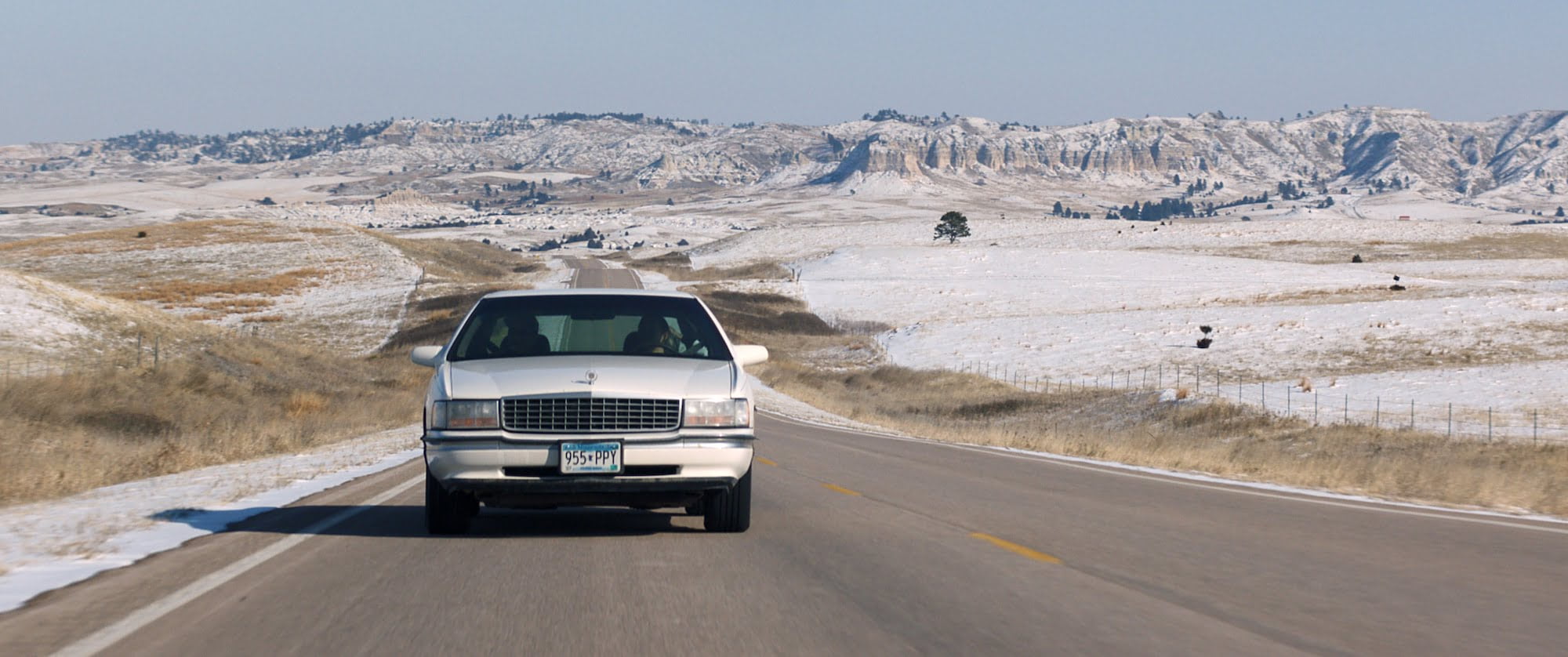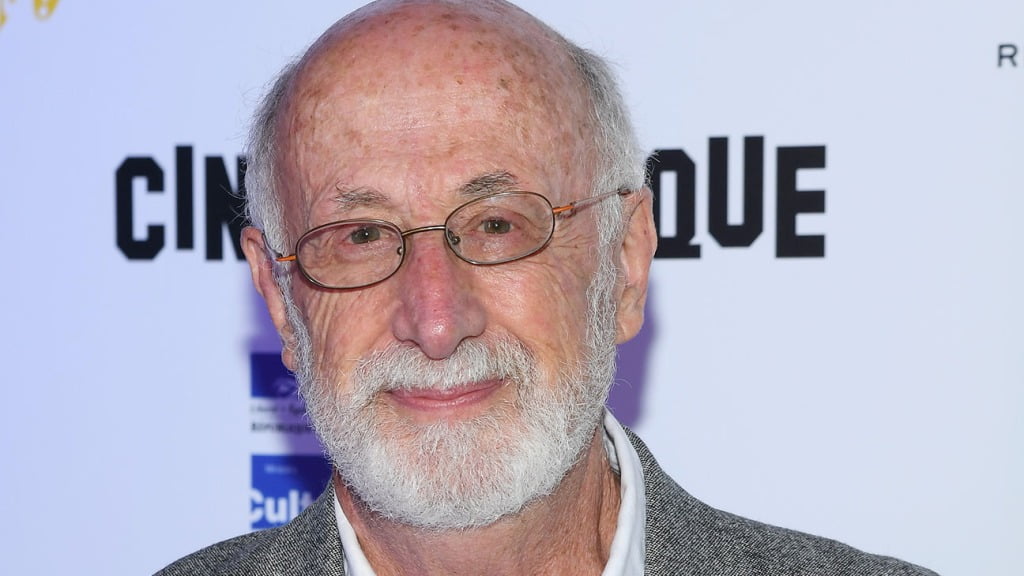A suspicious sample emerges when Election Day nears in the US. Leaders of the competing political events start a begging marketing campaign, urging Black voters to go to the polls and solid their ballots for candidates usually largely uninterested of their wants. These officers enchantment to the morality of the traditionally disenfranchised plenty, insisting {that a} nation that doesn’t usually care about them can’t save itself with out their votes. The disingenuous efficiency drains the sincerity from efforts to get out the vote, makes it too simple to take with no consideration the lengthy, winding historical past of the Black suffrage motion and obfuscates current obstacles to actual freedom.
Lowndes County and the Street to Black Energy, a strong and intimate new documentary by Sam Pollard (MLK/FBI) and Geeta Gandbhir (I Am Proof), is a well timed reminder of the legacy of voting rights within the U.S. and an inspiring testomony to the ability of group organizing. The movie chronicles how residents of Lowndes County, a violently segregationist space in Georgia, secured their proper to vote and tried to vary situations inside their racist district. Impressed partly by the journalist Vann R. Newkirk II’s reporting in The Atlantic, Lowndes County and the Street to Black Energy combines archival footage with interviews of these with residing reminiscence of the battle to inform a compelling story of self-determination.
Lowndes County and the Street to Black Energy
The Backside Line
A compelling reminder of collective organizing’s energy.
Launch date: Friday, Dec 2
Administrators: Geeta Gandbhir, Sam Pollard
1 hour half-hour
It’s becoming that Pollard and Gandbhir start their documentary with phrases from civil rights activist Ella Baker, a lady who performed main roles in organizing for the NAACP, the Southern Christian Management Convention (SCLC) and the Scholar Nonviolent Coordinating Committee (SNCC). Baker possessed an unequivocal perception in Black self-determination and prioritized the potential of the working class over charismatic leaders. “When individuals worth what they’ll do,” she says in an archival clip proven early within the movie, “they don’t have to go searching and discover an incredible chief to do it for them.”
The Black individuals of Lowndes by no means waited for permission. Galvanized by certainly one of their very own — a younger John Hulett, who returned to Lowndes in 1965 to are inclined to household after spending years in Birmingham working with the NAACP — group members determined to register to vote. At the start of that 12 months, practically a century after the fifteenth Modification granted all males the proper to vote and greater than 40 years after the nineteenth Modification gave girls that likelihood, the county had zero registered Black voters. That quantity is staggering contemplating Black individuals made up 80 % of the realm’s inhabitants.
To know this stage of disenfranchisement, Lowndes County and the Street to Black Energy makes use of testimonies from Black and white Lowndes locals to determine an affecting portrait of a deeply bifurcated group. Black individuals like John Jackson, Arthur Nelson and Catherine Coleman Flowers recall their households residing and dealing on land owned by wealthy white residents to whom they had been completely indebted. They focus on the entrenched caste system, the poverty, how the county’s violent repute earned it the title Bloody Lowndes. Distinction this with the language utilized by white locals like Carolyn Haigler Ikenberry or Margaret Davis, who describe their county as “peaceable,” “idyllic,” and don’t keep in mind speaking about race rising up, and you’ve got an image of America — each then and now.
The interviews, interweaved with the archival footage by editor Viridiana Lieberman, power viewers to attach the dots, to see how one place may produce competing realities. It’s not tough to think about, then, why the Black residents of Lowndes County had been met with extraordinary, even violent, resistance once they tried to train their proper to vote. Historians Hasan Kwame Jeffries and William Sturkley present extra context in regards to the intimidation ways utilized by white racists — from stalking to skilled retaliation — to not solely forestall Black individuals from voting, but in addition cease different white individuals from serving to them.
This didn’t deter Black residents of Lowndes, who, in late March 1965, organized themselves and based the Lowndes County Christian Motion for Human Rights. They met each Wednesday night to debate their plans for enfranchisement and to air grievances in regards to the city’s political and social construction. It’s solely after forming their very own group that the Lowndes residents sought outdoors counsel.
The doc complicates the mainstream narrative a couple of harmonious Civil Rights Motion by revealing the evasiveness of its hottest leaders. As Jeffries explains, Black residents seemed to the SCLC for steerage, however Dr. Martin Luther King Jr averted establishing a presence in Lowndes due to its repute. Assist got here within the type of Kwame Ture (recognized then as Stokely Carmichael) and different SNCC activists who, whereas collaborating within the Selma to Montgomery March, resolve to cease in Lowndes (one of many counties on the path) and assist Black individuals register to vote.
SNCC’s participation additional fueled the lively Lowndes motion, however its introduction to the narrative threatens to destabilize the intimacy of the documentary. The context required to elucidate SNCC and Ella Baker’s position within the group, to debate Ture and his comrades, signifies that Lowndes County and the Street to Black Energy goes off on a couple of tangent. They’re, for probably the most half, informative, however the digressions coupled with the erratic timeline jumps imply viewers should work a bit tougher to carry on to the movie’s fundamental and most attention-grabbing thread. In spite of everything, it’s the battle inside Lowndes — between Black and white group members — and the organizing efforts which can be probably the most instructive.
The language that the surviving white members attain for of their interviews eerily echoes the language used to explain up to date uprisings and struggles for liberation. Ikenberry and Davis converse of phantom “outdoors agitators,” a phrase viewers will keep in mind was repeatedly deployed by elected officers and information pundits to explain demonstrations throughout American cities in 2020. What do such patterns reveal in regards to the distance between the place we had been and the place we’re?
The present of Lowndes County and the Street to Black Energy, which was written and partially developed by author and producer Dema Paxton Fofang, is the way it positions voting rights as the start of the battle, not the top — a lesson that will get misplaced within the clamor round present-day electoral politics. As soon as Black Lowndes residents had been in a position to vote, they organized to get individuals from the group into elected positions throughout the county. Watching the SNCC and Lowndes County Christian Motion for Human Rights make use of ways to assist their group is nothing in need of unimaginable. When the state Democratic Celebration refused to acknowledge their candidates, they created their very own get together, the Lowndes County Freedom Group, and emblem — a black panther. (There’s a thrilling historic hyperlink between them and the Oakland-based Black Panther Celebration, which the movie briefly addresses.) When individuals throughout the group struggled to know the totally different official positions, the organizations created comedian books and zines to assist clarify the aim and necessities of every job. Every perceived impediment was met with modern options — a testomony to the creativity that organizing neighbors can unleash.
Though the surviving Black residents of Lowndes converse proudly of their accomplishments (many are moved to tears by their progress), Lowndes County and the Street to Black Energy doesn’t finish on an optimistic notice. Its conclusion brings viewers to present-day Lowndes, which hasn’t sustained lots of these early adjustments due to systemic white supremacy. However appraising the county’s historical past and recognizing that it was people inside that group who caused that change needs to be, greater than something, a rousing name to motion.




